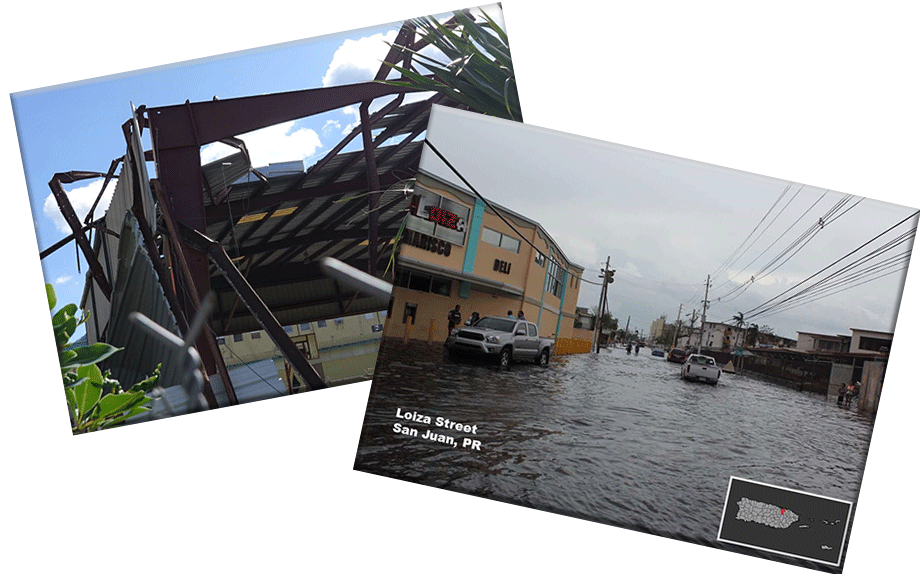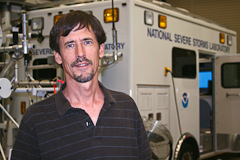The Engineering Laboratory at NIST, Gaithersburg, hosted its third annual symposium, July 28-29, 2020, featuring the Disaster Resilience Grant Research Program recipients from 2017 and 2019.
Recipients presented their research and findings from their awards from topics related to Disaster and Failure Studies, National Earthquake Hazards Reduction Program, Wind Impact Reduction, and Reduced Ignition of Building Components in Wildland-Urban Interface (WUI) Fires Project.

KEYNOTE July 28th:
From Disasters to Events – the role of WUI Fire Resilience
Losses from wildfires in the US continue to increase. According to NFPA’s annual Large Loss Fire Reports, which document incidents resulting in property damage of at least $10 million, wildland/urban interface (WUI) fires topped the annual lists in 8 out of the past 10 years (2009-2018). In 2018, losses from six WUI fires accounted for $12.35 billion, or 96% of all large loss fire costs for that year.
Despite these losses, our approach to preventing wildfire damage and destruction has not changed significantly. There still is a disproportionately large societal investment in fighting wildfires despite most experts believing it’s a strategy that does not solve the problem. Fire is a natural part of the landscape that cannot be eliminated, like wind and rain, so we need to get serious about finding ways to effectively live alongside it. To do that, we need more research to improve our understanding of how we can build communities that can resist wildfire’s inevitable arrival. We cannot stop the fires from happening. But we can stop building communities that are destined to burn.
Birgitte Messerschmidt
Director, Applied Research at National Fire Protection Association

Birgitte Messerschmidt is Director, Applied Research, National Fire Protection Association responsible for Fire Analysis and Research. She has a M. Sc. In Civil Engineering from the Technical University of Denmark and has spent her entire career working on fire safety issues with a focus on fire safety in the built environment. She has been involved in testing and research as well as standardization and advocacy. She has published and presented numerous papers on fire safety issues. Before Joining NFPA in 2017 Birgitte was Public Affairs Director, Fire Safety at Rockwool International.
KEYNOTE July 29th:
Perspectives from 40 Years of Tornado Research
Dr. Erik Rasmussen
Senior Research Scientist, Cooperative Institute for Mesoscale Meteorological Studies
National Severe Storms Lab

Dr. Erik Rasmussen is an American meteorologist and leading expert on mesoscale meteorology, severe convective storms, forecasting of storms, and tornadogenesis. He was the field coordinator of the first of the VORTEX projects in 1994-1995 and a lead principal investigator for VORTEX2 from 2009-2010 and VORTEX-SE from 2016-2017, as well as involved in other smaller VORTEX offshoots and many field projects.
Agenda (PDF)

